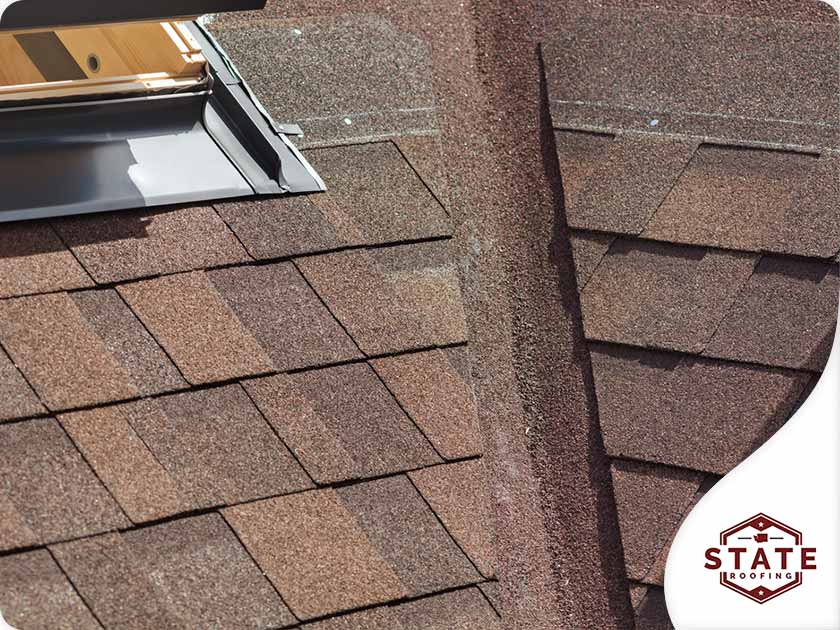Roof flashing is an important part of your roofing system for your Seattle, WA, home. When it fails, it can lead to expensive repairs or even a complete replacement. Understanding what roof flashing is, the common causes of failure, signs you need to look out for and preventative measures will help keep your home safe from water damage.

What Is Roof Flashing?
Roof flashing is material that diverts water away from vulnerable points on a roof, like valleys, chimneys or walls, where two roofs meet. It helps protect against water leakage and keeps your roof in top condition.
The most common types are:
- Step-type or counter-flashing, which wraps around the base of a wall or chimney.
- Metal strips used around skylights.
- Roll valley, which runs along valleys between intersecting roofs.
- Kickout diverter installed at window sill edge
- Drip edges located along eaves and rake overhangs near gable ends.
- Cricket diversion placed behind chimneys.
Causes of Roof Flashing Failure
Here are some of the most common causes of roof flashing failure:
- Improper Installation: If the roof flashing is not properly installed by an experienced roofing professional with quality materials, there will be leaks in vulnerable areas such as skylights or chimneys due to gaps in the sealant. This can lead to moisture buildup, mold growth and structural damage.
- Substandard Materials: Using low-grade materials during construction will often result in premature failure as the flashing won’t stand up against extreme weather conditions.
- Incorrect Design: Inadequate slopes allow water seepage into undesirable places, causing bigger problems than anticipated. If flashing membranes don’t fit correctly, problems may arise later on.
Signs of Roof Flashing Failure
Watch out for the following signs:
- Leaks: The most common and obvious sign that your roof flashing is failing is the presence of leaks in areas where flashing should be located, such as around skylights or chimneys. If you notice any water dripping from these areas, it could signify that your roof flashing needs to be replaced or repaired.
- Visible Damage: Another telltale sign that something is wrong with your roof flashings is visible damage like cracks or rust, which can indicate weak spots allowing water entry.
- Mold or Mildew Growth: As moisture accumulates due to faulty roof flashings, mold and mildew can start growing on ceilings or walls near where the leak occurred, affecting the property’s aesthetic value and the health of those living inside.
- Shingle Damage: When damage is caused by faulty flashing, shingles near the affected area may start curling up from excess moisture. This not only creates an eyesore but also reduces the effectiveness of the insulation.
If you require a roof repair or replacement in Seattle, Bothell, Everett or the surrounding areas, contact State Roofing. Our team of experienced professionals can help you choose the best roof flashing for your home and install it correctly to prevent any future issues. Call us today at (360) 794-7164 or fill out our convenient contact form to schedule an appointment.








